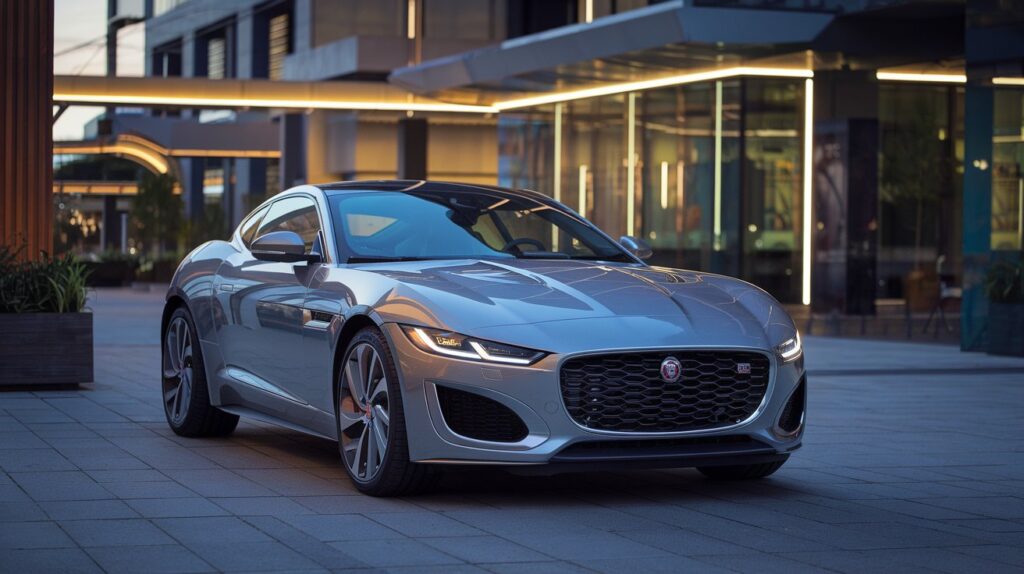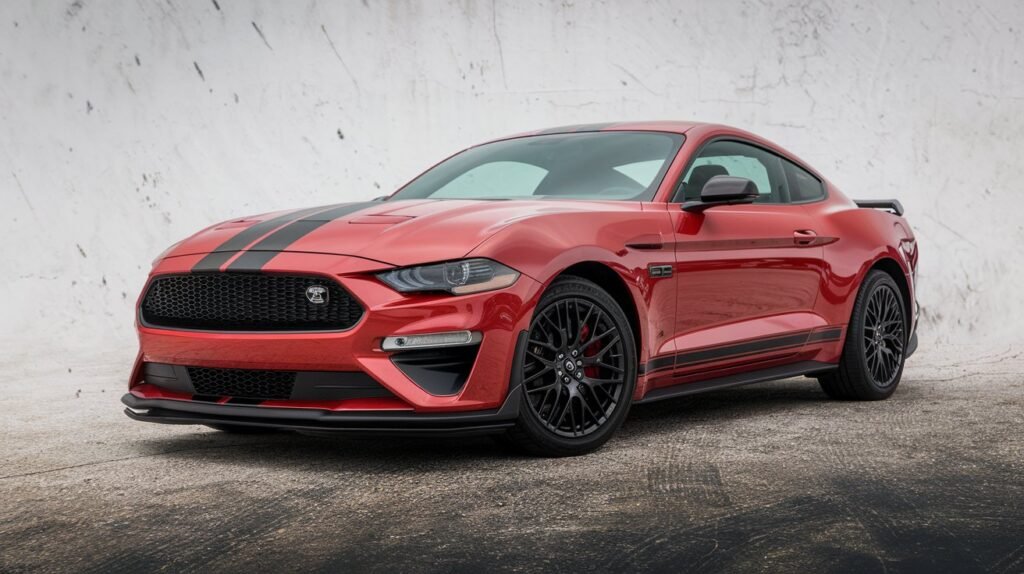The automotive world thrives on tradition—Ferrari’s roaring V12s, Lamborghini’s angular aggression, and Porsche’s precision-engineered legacy. Then comes the BYD Yangwang U9, a fearless electric supercar that doesn’t just challenge the status quo—it obliterates it. Unveiled in April 2023 at the Shanghai International Automobile Industry Exhibition, this high-performance marvel from China’s automotive titan BYD is a storm of innovation, power, and audacity. Priced at $236,000 (1.68 million RMB), the Yangwang U9 isn’t here to follow the rules of the supercar playbook—it’s rewriting them with 1,287 horsepower, scissor doors, and a suspension that dances.
This isn’t just a car for gearheads or EV enthusiasts—it’s a bold statement for anyone who believes the future of driving should be thrilling, cutting-edge, and a little rebellious. In this 2,000-word deep dive, I’ll unpack everything that makes the U9 a game-changer: its jaw-dropping performance, revolutionary technology, sleek design, and its potential to shake up the global market. Whether you’re comparing it to a Ferrari SF90 or dreaming of its Lambo-like doors, here’s why the Yangwang U9 matters—and why it’s poised to redefine what’s possible in the supercar realm.
The Birth of a Chinese Supercar Icon
A Brand with Big Intentions
BYD, once a humble battery maker, has morphed into a global EV powerhouse, outselling Tesla in pure electric vehicle sales in 2023. But dominating the affordable EV market wasn’t enough. Enter Yangwang, BYD’s premium sub-brand launched in January 2023 to target the ultra-luxury segment. The U9, Yangwang’s flagship supercar, hit the ground running with its official debut in February 2024 and deliveries starting in August. By January 2025, it had sold 100 units—a modest but significant milestone for a Chinese supercar, as announced on Yangwang’s Weibo.
This isn’t a one-off experiment. Yangwang is BYD’s spearhead into Europe, North America, and the high-end performance market, backed by a network of 36 showrooms across China, with plans to hit 90 by year-end. The U9 is their calling card: a $236,000 electric beast that dares to compete with the likes of Ferrari and Lamborghini.
Unveiled in Shanghai: A Global Stage
The U9’s debut at the Shanghai Auto Show wasn’t subtle. Amid a sea of concept cars and SUVs, this sleek, shark-inspired supercar stole the spotlight. Designed by Wolfgang Egger—a veteran of Alfa Romeo, Audi, and Lamborghini—the U9 blends European flair with Chinese innovation. It’s a signal of intent: BYD isn’t just playing in the supercar sandbox; they’re here to reshape it.
Performance: A Storm of Speed and Precision
Power That Punches Above Its Weight
The Yangwang U9 doesn’t ease into the conversation—it kicks the door down with 1,287 horsepower (some reports claim 1,300 hp) and 1,680 Nm of torque. Four electric motors, one per wheel, drive this all-electric super-coupe, built on BYD’s cutting-edge e⁴ platform. The result? A blistering 0-100 km/h sprint in 2.36 seconds and a top speed of 309 km/h (192 mph)—though independent tests have pushed it to 391.94 km/h (243.54 mph).
To put that in perspective, the Ferrari SF90 Stradale, a hybrid titan, hits 100 km/h in 2.5 seconds with 986 hp. The Lamborghini Huracán Evo clocks 2.9 seconds with 631 hp. Even the Rimac Nevera, the EV king at 1,914 hp, takes 1.85 seconds—but costs $2 million. The U9 delivers near-hypercar performance at a fraction of the price.
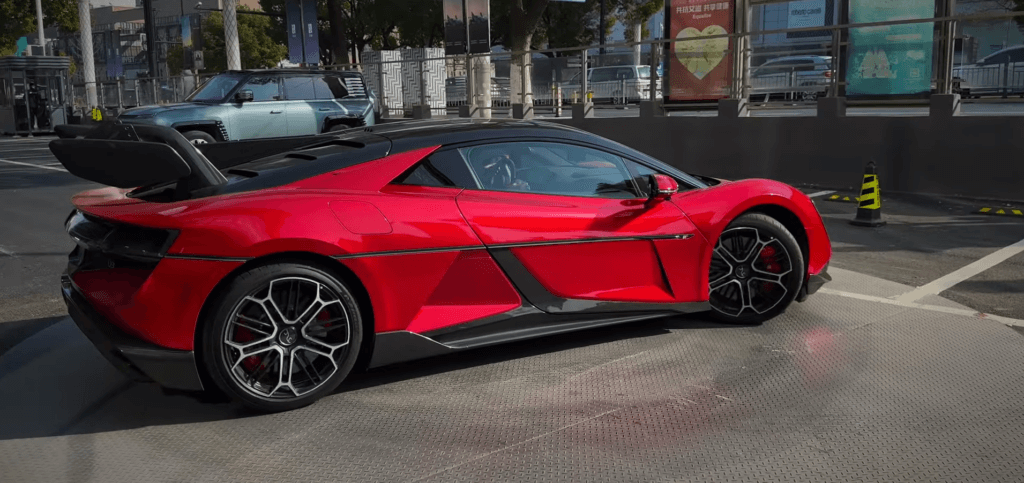
Precision Engineering at 309 km/h
Speed is one thing; control is another. The U9’s quad-motor setup isn’t just about brute force—it’s about finesse. High-precision torque vectoring adjusts power to each wheel in real time, ensuring grip and stability whether you’re carving corners or storming a straightaway. On the track, it lapped the Nürburgring in 7:17.9—not a record-breaker, but a bold statement for a production EV. Aerodynamics play a starring role too, with 12 active aero kits generating over 280 kg of downforce at high speeds, pinning it to the pavement.
Here’s how it stacks up:
| Model | 0-100 km/h | Top Speed | Horsepower | Price |
|---|---|---|---|---|
| BYD Yangwang U9 | 2.36 seconds | 309 km/h | 1,287 hp | $236,000 |
| Ferrari SF90 Stradale | 2.5 seconds | 340 km/h | 986 hp | $524,000 |
| Lamborghini Huracán | 2.9 seconds | 325 km/h | 631 hp | $230,000 |
| Rimac Nevera | 1.85 seconds | 352 km/h | 1,914 hp | $2,000,000 |
The U9 doesn’t just compete—it redefines value in the supercar world.
Technology: The DiSus-X Revolution
A Suspension That Dances
If raw power wasn’t enough, the U9’s DiSus-X Intelligent Body Control System steals the show. This isn’t your grandfather’s suspension—it’s a high-tech marvel that lifts, tilts, and adjusts with surgical precision. Capable of raising the car 5.9 inches (75mm) at 500mm/s, it can hoist over a ton of weight in an instant. The result? The U9 can jump off the ground, dance to music, and even drive on three wheels like a stunt car.The U9’s DiSus-X system sets a new standard for EV performance, building on BYD’s reputation for innovation seen in models like the Han L. For more details on the BYD Han L, explore ’s comprehensive guide.
This isn’t just for Instagram clout. DiSus-X reduces body roll by up to 50%, boosts downforce, and keeps the car planted during high-speed maneuvers. It adjusts damping, stiffness, and height in real time, adapting to road conditions or driver whims. At a standstill, it’s a party trick—phone-controlled via an app, it’ll bounce to your favorite beat. On the move, it’s a performance edge no rival can match.
The e⁴ Platform: Power Meets Efficiency
Underpinning the U9 is BYD’s e⁴ platform, a modular architecture designed for high-performance EVs. With four independent motors and an 800V electrical system, it’s built for speed and scalability. The platform’s thermal management keeps the motors and battery cool during track sessions, ensuring consistent power delivery. It’s a glimpse into BYD’s future—and a warning to legacy automakers.
Design: A Shark in Supercar Clothing
Exterior: Fearless and Functional
The U9’s “Time Gate” design philosophy is all about tension and motion. Its sleek, aerodynamic silhouette—with a drag coefficient of 0.30—cuts through the air like a blade. A large rear spoiler, active diffuser, and shark-like central fin amplify its predatory stance. The claw-shaped headlights and pincer-like taillights add an aggressive edge, while scissor doors swing upward with Lambo-like drama. Every curve is functional, channeling airflow to boost stability and cooling.
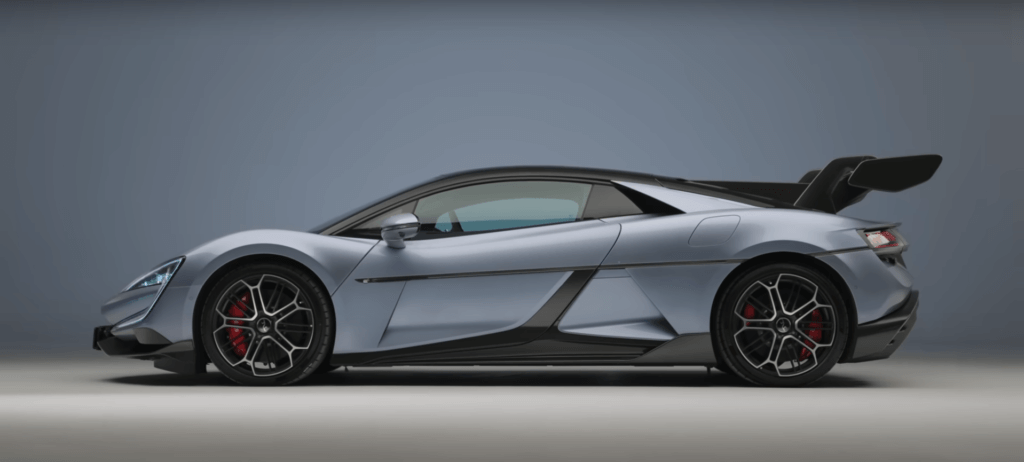
Interior: Luxury Meets Tech
Step inside, and the U9 balances sporty minimalism with premium comfort. Two 14-way adjustable seats clad in Alcantara and leather hug you through corners. A 10.25-inch driver display pairs with a 12.3-inch vertical touchscreen—some configs add a third for the passenger. The Dynaudio Evidence Series audio system delivers concert-hall sound, while ambient lighting sets the mood. It’s a cockpit designed for both track days and grand tours, with a focus on high-precision ergonomics
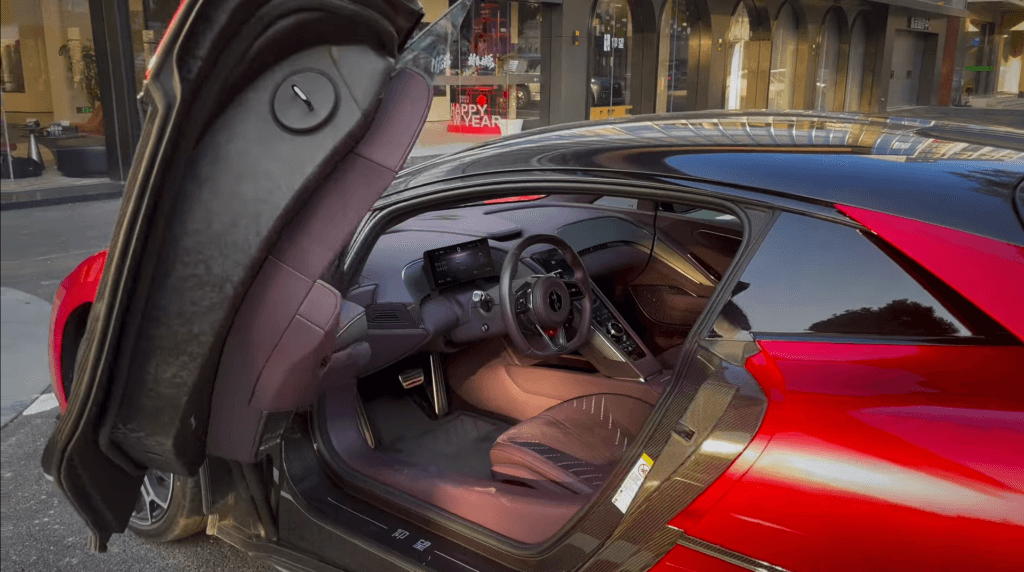
Battery and Charging: Future-Proof Power
The U9’s 80 kWh Blade LFP battery—a BYD specialty—offers a 450 km (280-mile) range on the CLTC cycle. It’s not class-leading (the Tesla Model S Plaid boasts 600 km), but it’s enough for most thrill-seekers. Where it excels is charging: an 800V architecture supports 500 kW DC fast-charging, juicing from 30% to 80% in 10 minutes. Dual charging ports let you double up, slashing downtime further. A robust cooling system ensures the battery holds up under the strain of 1,287 hp.
Pros and Cons: Weighing the U9
Pros
- Unmatched Performance: 1,287 hp and 2.36 seconds to 100 km/h.
- Revolutionary Tech: DiSus-X adds flair and functionality.
- Value Proposition: Ferrari-level specs for half the price.
- Charging Speed: 500 kW makes pit stops a breeze.
- Standout Design: Scissor doors and shark-inspired aesthetics.
Cons
- Range Limitation: 450 km lags behind some EVs.
- Brand Prestige: BYD lacks the heritage of Ferrari or Lamborghini.
- Market Reach: Currently China-centric, with no firm global rollout.
The Competition: Ferrari, Lamborghini, and Beyond
Against the Ferrari SF90 Stradale, the U9 offers more power and a lower price, though Ferrari’s hybrid finesse and badge appeal remain unmatched. The Lamborghini Huracán is slower and similarly priced, but its V10 soundtrack is a visceral draw the U9 can’t replicate. The Rimac Nevera trumps it in speed and range, but at $2 million, it’s a different beast entirely. The U9’s ace? Its playful DiSus-X tricks and accessible luxury—features no rival dares to match.
Market Impact: A Storm Brewing
Since its February 2024 launch, the U9 has sold 100 units by January 2025—a niche success compared to the Yangwang U8 SUV’s 7,366 units in 2024 (CnEVPost data). Yet, for a supercar priced at $236,000, it’s a strong start. Yangwang’s 36-showroom network signals ambition, and whispers of European expansion hint at bigger plans. If BYD brings the U9 to North America or Europe, it could rattle the luxury market, offering a high-performance alternative to six-figure icons.
Conclusion: A Supercar Without Boundaries
The BYD Yangwang U9 isn’t just an electric supercar—it’s a fearless disruptor. With 1,287 hp, a 309 km/h top speed, and a suspension that jumps and dances, it marries raw power with cutting-edge innovation. At $236,000, it undercuts Ferrari and Lamborghini while delivering comparable thrills. The range could stretch further, and BYD’s brand lacks legacy prestige, but these are minor quibbles in a package this bold.
For enthusiasts craving a supercar that breaks the mold, the U9 is a revelation. It’s not here to play by the rules but to rewrite them, one electrified leap at a time. Watch Yangwang closely; they’re not just building cars but redefining the game.
Takeaway: Visit BYD’s site or a Yangwang showroom (if you’re in China) to see the U9 up close. This isn’t just a drive—it’s a revolution.
